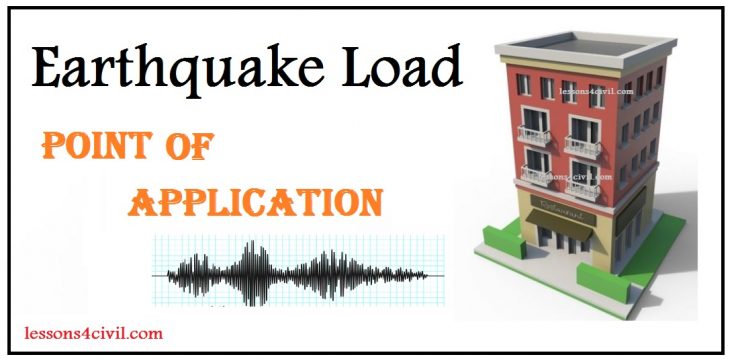Earthquake load is applied at….?
- Regardless of how the amount of earthquake load is computed, we need to know how it is going to be distributed in each story. Then we can find out which structural members are more critical than others and we can also optimized our structural design by using reasonable justifications.
If Fi is a resultant of earthquake loading which is applied to story number i, the question is where is its point of application?
The resultant of lateral load is applied to the center of gravity of each floor. To determine the coordination of the center of gravity we can use the equations bellow, where wi is the mass of each part. xi and yi are the coordination of center of gravity of the parts.
Fortunately, modern software such as tabs can automatically compute and apply the coordination of center of gravity. As a result these formulas are no longer practical in sophisticated projects.
As it is mention earlier, center of gravity is where all the lateral loads are applied. There is another point at which the overall stiffness of each floor is mobilized. This point is called center of stiffness.
The center of stiffness is not necessarily coincided on the center of stiffness. As a result the distance between the resultant of external loads and resistant loads might cause a moment. A good structural designer does everything he can to reduce the distance between center of gravity and stiffness center. In other words, if the distance is large, the building is more likely to be damaged due to seismic loading.
In future articles, I will show you some tips that helps engineers to make these point closer.



Comments